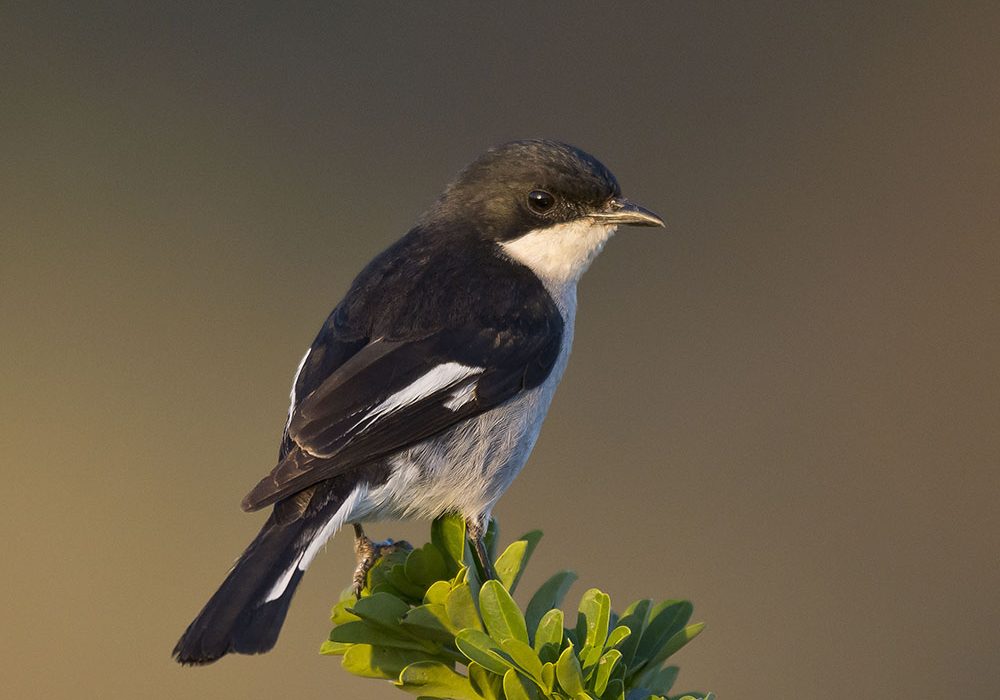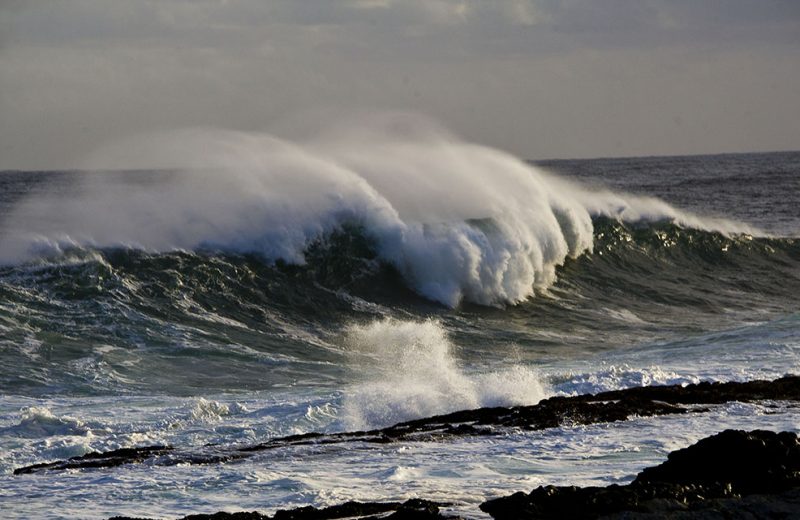Following my trip south yesterday, I feel that the area around our camp is probably the best in the Park. So when the gates open at 5.30am we head for the lookout spot overlooking the Domkrag dam. Others think liewise and before long a number of cars join us on this beautifully clear, still morning.
One is allowed to alight from one’s vehicle here but soon a series of great roars close by sends people racing for their cars. A wheel spinning young women informs us that a lion is right on the road but 200m away. We join the line of cars just in time to see another of these great Kgalagadi lions rise from his morning dose and wander off into the bushes – lost to view for late risers.


I never knew that Pied Starlings flocked together and behave just like Wattled Starlings. This morning they give us a good show at the side of the road.

Pale Chanting Goshawks are really everywhere here. Yesterday I did see a Jackal Buzzard fly over me but other than that not a sign of any raptors or vultures. Maybe indicative of the intensive farming activity in the area.


A very familiar call is that of the Rufous-naped Lark that, like in Kruger, perches atop a bush and sings most mornings.

Another familiar Kruger bird is the tailless Long-billed Crombec.

We climb up the nearby Zuurberg hill which commands a good view over the area. To the west are the intensive agricultural operations along the Sundays river with vast areas of crop under white shade-cloth.


The collection of buildings right of centre in this photo are the Addo Main Camp – far too close to civilization. In fact the main PE railway line runs right past the camp and trains regularly thunder by day and night.

Summer has really arrived this week and for the first time on the trip the air con comes into use. Back in camp, the park authorities are checking on all the campers entry permits. So lax are they in Kruger with this that one could live there illegally without anyone being any the wiser.
Domkrag Dam is the place to be and at 4.30pm we travel the 3km to enjoy our coffee at the lookout point. A low hedge borders the frontage and in it some plant with red flowers are growing – an attraction for the sunbirds. So used to people are these birds that I took the following photo with my small camera at a range of 3m.

We then wander about this most attractive area and see the following sights.





It would appear that the ellies in Addo all take on the colour of their last mud bath. In fact I can’t recall seeing one here that is of a normal grey colour. These specimens arrived at the waterhole sporting a ghostly whitish colour.


I suppose that barring our early morning lion, there has been nothing exceptional to write about. But there is constant interest and our daily trips are constantly filled with interesting snippets.









